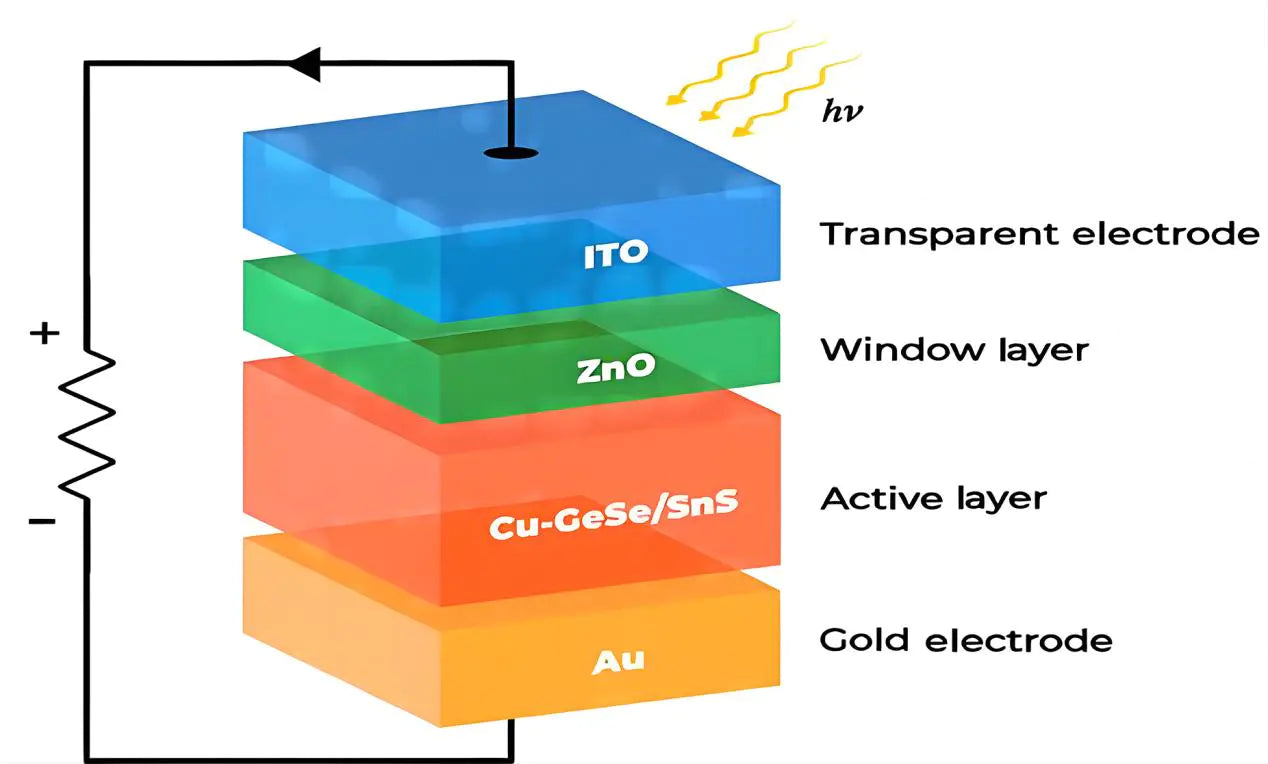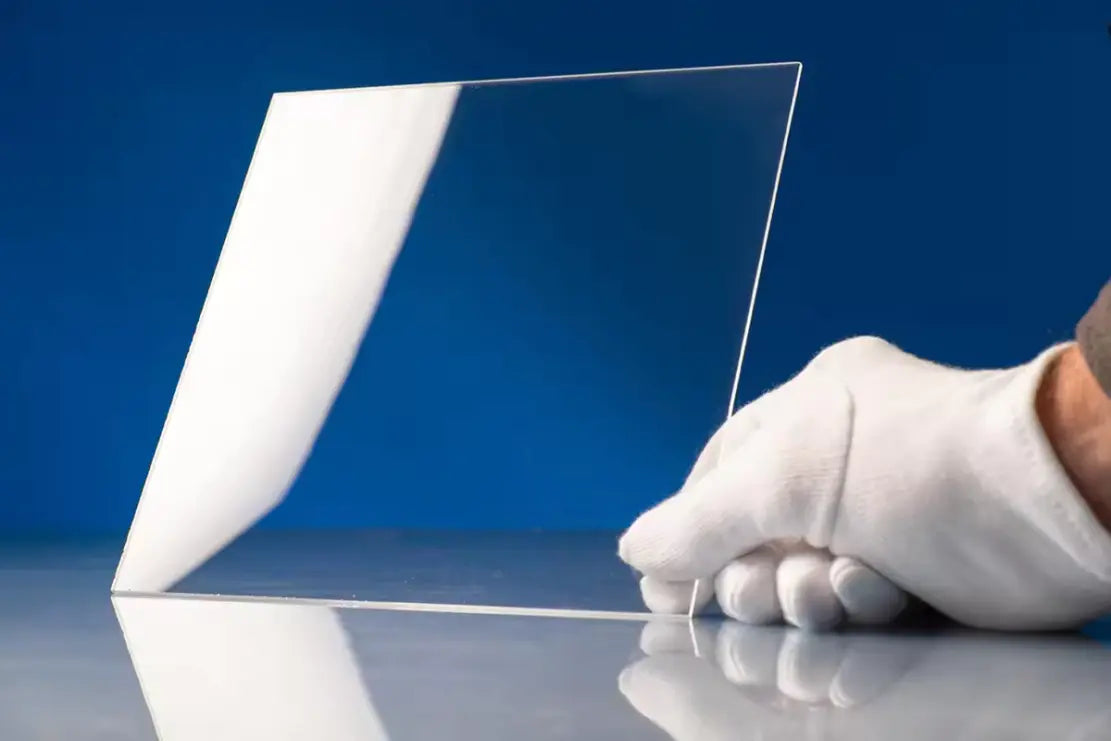Ultrasonic spraying for anti-reflective (AR) coatings on glass surfaces is a widely used application. This technology enhances the light transmission properties of glass by reducing surface reflections and is essential in various fields.
AR Coating Preparation: Optical Glass
AR coatings, also known as anti-reflective or AR coated glass, involve a special treatment on the glass surface to improve light transmission. These optical thin films are deposited on optical components to reduce surface reflections and increase the system's transmission rate. They can function across a wide range of wavelengths, from ultraviolet to far infrared. AR coatings are categorized into single-wavelength, multi-wavelength, and broadband types, with the visible light AR coatings being the most common. These coatings work by reducing the intensity of reflected light, thereby increasing the amount of transmitted light, which results in clearer imaging for optical systems. The principle behind this is the interference effect created by different layers of optical materials, which helps eliminate incident and reflected light, enhancing transmission. There are single-side and double-side coating processes available.

The primary goal of using ultrasonic spraying for AR coatings on glass is to reduce surface reflectance and improve light transmission. This is typically achieved by depositing a layer of low-refractive-index material on the glass surface.
Advantages of Ultrasonic Spraying AR Coatings on Glass
1.Improved Light Transmission: AR coatings reduce the reflectance of the glass surface, allowing more light to pass through, which is crucial for applications like displays and optical devices.
2.Reduced Glare and Reflection: These coatings minimize surface reflections, thus reducing glare and improving clarity and comfort when viewing objects or information through the glass, which also helps reduce eye strain.
3.Enhanced Optical Performance: AR coatings can improve the optical qualities of glass, such as reducing dispersion and enhancing contrast, which is important for high-quality optical applications like lenses and optical instruments.
4.Durability and Anti-Contamination: AR coatings protect the glass surface from contamination and make it easier to clean and maintain. They are usually durable, resistant to wear, and do not peel off easily, thus extending the lifespan of the glass.
5.Versatility: Ultrasonic spraying technology can be applied to various shapes and sizes of glass, greatly enhancing the flexibility and efficiency of the coating process.

Industry Applications:
· Optical Field: Ultrasonic AR spraying is widely used in manufacturing optical devices, such as eyeglasses, camera lenses, and optical instruments. The AR coatings reduce light reflection, improving light transmission and image clarity.
· Construction Field: AR coatings can enhance indoor lighting and visual comfort by reducing the reflectance of glass surfaces in buildings.
· Automotive Field: AR coatings on car windows reduce reflections, improving the driver’s visibility and safety.
This advanced technology in AR coating not only enhances the performance and durability of glass but also broadens its application across multiple industries. If you are interested in learning more about these innovations, please contact us!





When to use AG glass and when to use AR glass
Introduction to Silk Screen Printing Technology in Glass Processing